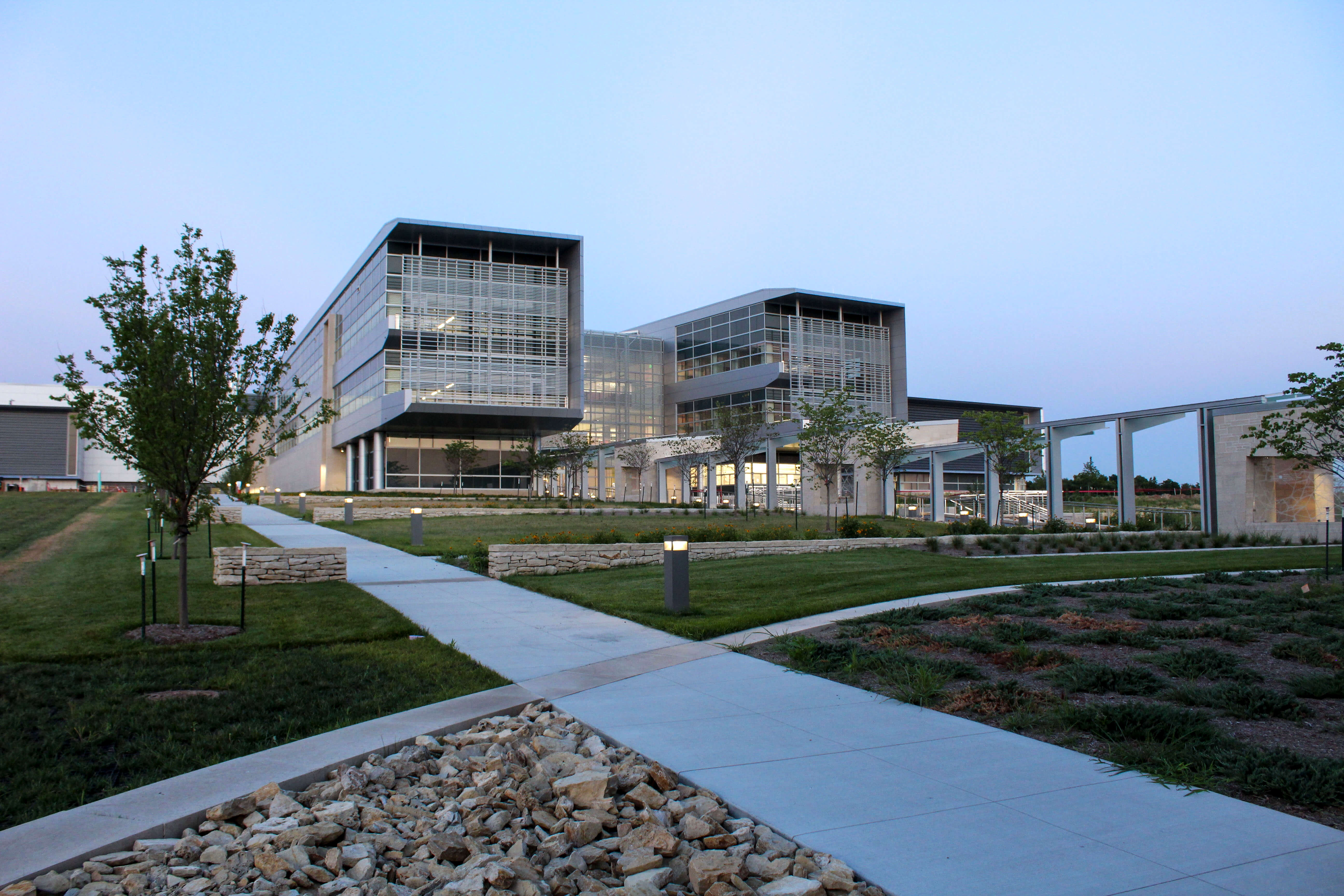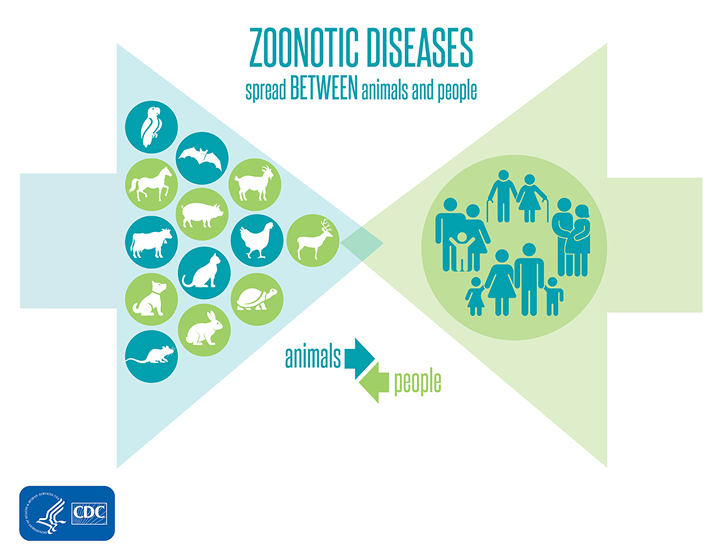National Bio and Agro-Defense Facility

State-of-the-Art
The U.S. Department of Agriculture (USDA) has been working with the U.S. Department of Homeland Security (DHS) to stand up the National Bio and Agro-Defense Facility (NBAF) in Manhattan, Kansas. This state-of-the-art facility is a national asset that will help protect the nation’s agriculture, farmers and citizens against the threat and potential impact of serious animal diseases.
The DHS Science and Technology Directorate built the facility to standards that fulfill the mission needs of the USDA. DHS S&T reported construction was completed in May 2022 and contractor commissioning was completed in December 2022. In accordance with a 2019 memorandum of agreement between DHS and USDA, NBAF ownership and operation will transfer to USDA.
NBAF will replace the 68-year-old Plum Island Animal Disease Center (PIADC) where USDA’s Agricultural Research Service (ARS) and Animal and Plant Health Inspection Service (APHIS) currently conduct foreign animal disease research, training and diagnostics. ARS and APHIS will transfer their research and diagnostic missions from PIADC to NBAF and will operate the facility jointly.
Even after USDA takes ownership of the facility from DHS, it will still take at least a couple of years to transfer the full science mission from PIADC to NBAF.
View the agreement (PDF, 3.1 MB) View the plan (PDF, 5.7 MB)

Protecting the Nation's Food Supply and Public Health
Historically, the United States did not have a laboratory facility with maximum biocontainment (BSL-4) space to study high-consequence zoonotic diseases affecting large livestock and U.S. scientists had to rely on other countries’ facilities for that type of research.
NBAF has biosafety level-2 and -3 laboratories and is the first facility in the United States with biosafety level-4, or BSL-4, containment capable of housing large livestock. NBAF’s BSL-4 containment laboratories require the highest level of safety protocols and equipment so scientists can safely study and diagnose a variety of high-consequence animal pathogens.
NBAF also features a Biologics Development Module (BDM) for the pilot scale development of vaccines and other countermeasures, augmenting laboratory research and accelerating technology transfer to industry partners.
NBAF’s location in Manhattan, Kansas, places it within the Kansas City Animal Health Corridor, the largest concentration of animal health companies in the world. NBAF is constructed and operated on a secure federally-owned site, adjacent to Kansas State University’s Biosecurity Research Institute and the Kansas Department of Agriculture.
View FAQ (PDF, 2.5 MB)
Zoonotic Diseases
According to the World Health Organization, approximately 75 percent of new and emerging infectious diseases are zoonotic diseases which may be transmitted from animals to humans.

Why is A New Facility Necessary?
Animal disease research, diagnostics and training are currently performed at the Plum Island Animal Disease Center (PIADC). However, the center is more than 65 years old and does not have the capability to meet research needs relating to emerging and zoonotic animal disease threats. As USDA mission requirements expand to meet these challenges, a new facility with enhanced biocontainment capabilities and modern laboratory designs is necessary to fulfill future needs. Additionally, NBAF is necessary to meet the requirements of Homeland Security Presidential Directive 9 (HSPD-9).
Designed to Ensure Safety and Security
The National Academies of Science (NAS) 2012 review of the Updated Site-Specific Biosafety and Biosecurity Mitigation and Risk Assessment for NBAF, found the design to “meet or exceed” modern biocontainment standards. The laboratory’s critical systems include redundant safety and biocontainment features. In the event of a tornado, the facility’s biocontainment areas are designed to a standard like those applied in the nuclear industry for structural and containment integrity. All recommendations identified in prior risk assessments were incorporated into the NBAF design.
The NAS report also found that the current NBAF design incorporates best practices used in other animal and zoonotic pathogen laboratory facilities in the United States and abroad. NBAF is the nation’s only large animal BSL-4 facility built to safely handle pathogens that do not currently have treatments or countermeasures.
The USDA and the Centers for Disease Control will not issue a certificate of registration allowing select agent research at NBAF until all requirements are satisfied. The U.S. Department of Homeland Security (DHS) previously made the commitment to the safety of the community, the workers in the facility, and local livestock that the facility would not be operational unless it could be done safely. USDA is continuing that longstanding commitment as NBAF transitions into USDA’s owner/operator role.
NBAF Construction & Operations
DHS Science & Technology Directorate reported construction was completed in May 2022 and contractor commissioning was completed in December 2022.
USDA team started a phase called the operational endurance period. During this phase, USDA’s work processes must be tested and validated in accordance with the building systems. Scientists will confirm laboratory set-up, evaluate standardized laboratory work processes for consistency and safety, and ensure equipment is functioning appropriately. These are critical initial steps to ensure all research and diagnostics can be accomplished safely and effectively.
Before any work with biological select agents and pathogens can begin, the facility and personnel must undergo a series of inspections and reviews by the Federal Select Agent Program, or FSAP. This step is required by law to evaluate the safety and security of any laboratory that will work with high-consequence viruses, bacteria, microorganisms or toxins.
Even after USDA takes ownership of the facility from DHS, it will still take at least a couple of years to transfer the full science mission from the Plum Island Animal Disease Center in New York to NBAF in Kansas.
The USDA is working with several federal partners for a seamless transfer of the science mission from PIADC to NBAF that includes an overlap of operations to make certain there is no interruption of the critical science and operational capabilities during this transition period.


